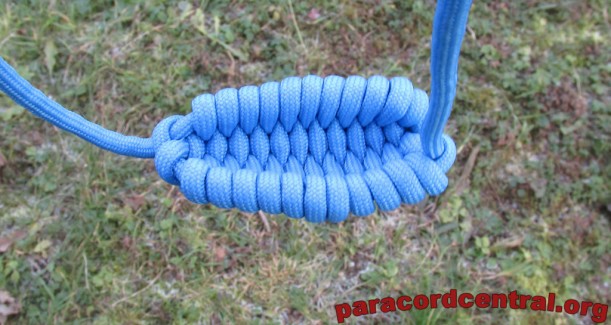If a disaster occurs and you have to leave your home, it’s important that each member of your family has a bug-out bag (BOB) ready. In order to survive in this situation, you will need food, water and tools. Preparing a BOB can help you make it through the hardest and scariest times of a tragedy.There are certain elements of a catastrophe than you cannot control, such as power outages, fires, building collapses, or looting. But there are other things that you can do to give yourself a better chance of making it through those events (and others) alive.
A 72-Hour BOB is a bag you take with you when disaster strikes. To be effective, it should include several staple items. At minimum, you will need a gallon of water per day per person and some food. My recommendation is to use a pocket water filter like the LifeStraw. It allows you to filter thousands liters of water. When you know each gallon weights almost 9lbs, you undestand that your bag will be 27lbs lighter. That is a big difference when you have to walk for hours. And you can use the space to carry more items or food. But you should have some water in your bag in the case you can’t find water.
- 1 water bottle 1l (full of water)
- 1 Lifestraw or another pocket water filter
- 2 collapsible bottles 1l (more containers for almost no weight and space in your bag)
- 1 pump filter to purify a larger amount of water for cooking or storing
- 10 purifications tablets (better to have a different way to purify your water)
The food must be non-perishable such as canned foods and juice, rice, pasta, dried beans and peas, granola bars, dried fruits or trail mix. It’s best if any canned items have “pop-tops” that don’t require a can opener, but if you can, bring one with you just in case. Remember that you have one in your multitool. A vital item you must have is a metal cooking pot. It’s a survival tool for many people in third world countries. You need a container to prepare enough food for you and your family. It’s the same for boiling water. Here is a list of what you can bring in your BOB.
- 1 metal cooking pot
- 6 granola/energy bars
- 1lb rice or pasta and 1lb dried peas or beans (needs water to be prepared but you’ll feel better to eat something ”normal”)
- Trail mix
- Dried fruits
- 3 MREs/Dehydrated meals
- Canned juice
- Canned food
- Sugar, salt and pepper in a small container
- 1 Can opener
- 1 Portable stove
- Stove fuel (8 tablets)
- 1 pot scrubber
- 1 spork
- 1 Fishing kit
- A Snare
You will also need fire and/or a cooking device like a backpacking stove with some fuel. My tip is to make petroleum jelly cotton balls fire starters. Watch the video below. This will allow you to easily start a fire wherever you are, even if everything is wet.
- 2 fire starters (I love the Fire Laces because I can bring more fire starters on my shoes!)
- 1 lighter
- 10 wetfire (you don’t know how will be the weather when you’ll need to start a fire)
- 1 tarp 6’x8′
- A 100% wool blanket
- 2 glow sticks (excellent when you move at night)
- 1 head lamp (perfect to work with both hands and still have light)
- 1 good Pocket torch
- 1 weaponlight 170 lumens (very important to identify a potential target, 170 lumens is also a weapon because it dazzle your ennemy)
- 1 small radio
- 1 walkie-talkie
- Batteries (lithium are better)
- Solar Air Lantern (I love it because it’s small and solar powered… perfect for a survival situation!)
- 1 pepper spray (not the most effective weapon but it can do the job in certain siutations)
- 1 Glock 19
- 3 magazines
- 100 Hydra-Shok bullets
- Local maps with topography
- A compass
- A whistle
- Binoculars
- 1 pair of work gloves
- 1 first aid kit
- 1 soap
- Winter gloves
- A woolly hat (will keep your heat even if it’s wet)
- 1 Wool socks
- 1 Underwear
- 1 fleece
- 1 Tee-shirt
- A windbreaker jacket with a hood
- 2 battledresses
Here are some other important items to add to your supply. If you can carry more, include whatever other items you think will be necessary for your survival.
Extra undergarments
Blankets
Batteries
A flare
Flashlights
Some candles
Wooden matches in a water-proof container
A pocketknife
Rope
Duct tape
Batteries
Baggies (to keep items dry)
A crank or battery powered radio
Moist towelettes and/or hand sanitizer (for hygiene)
Important health and personal documents





































